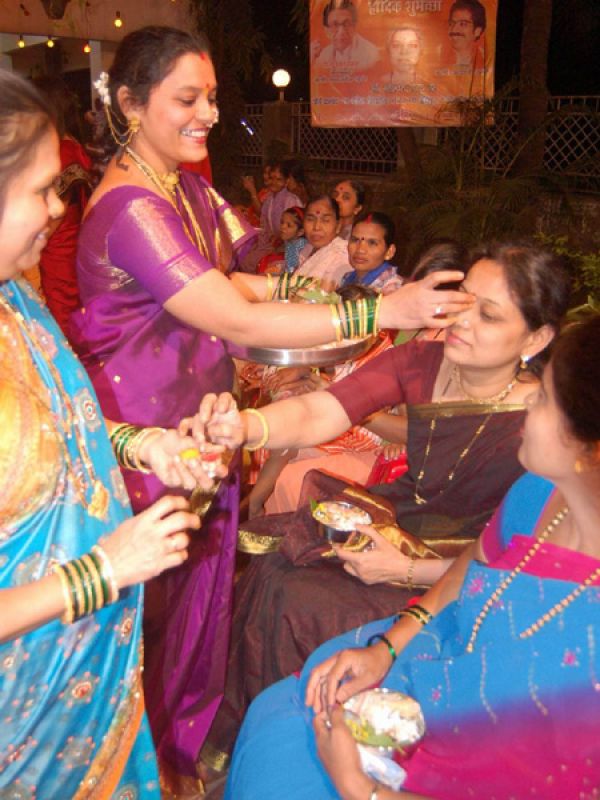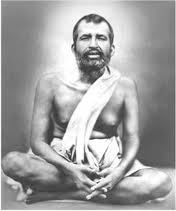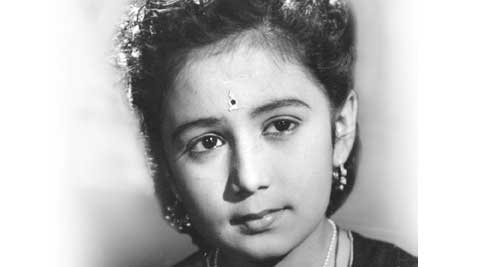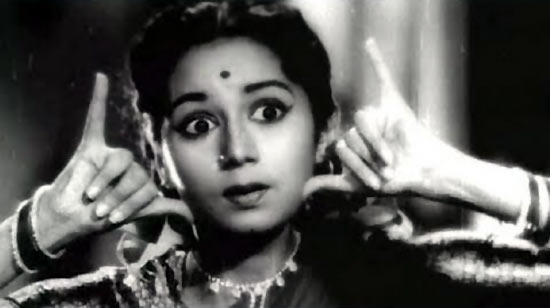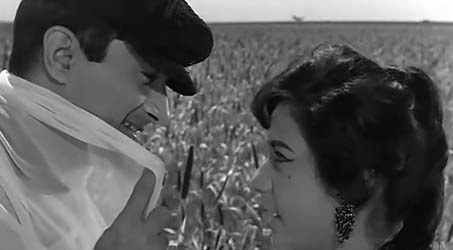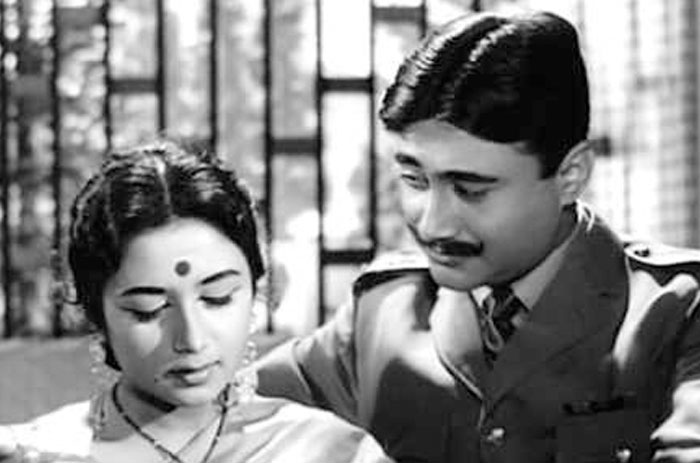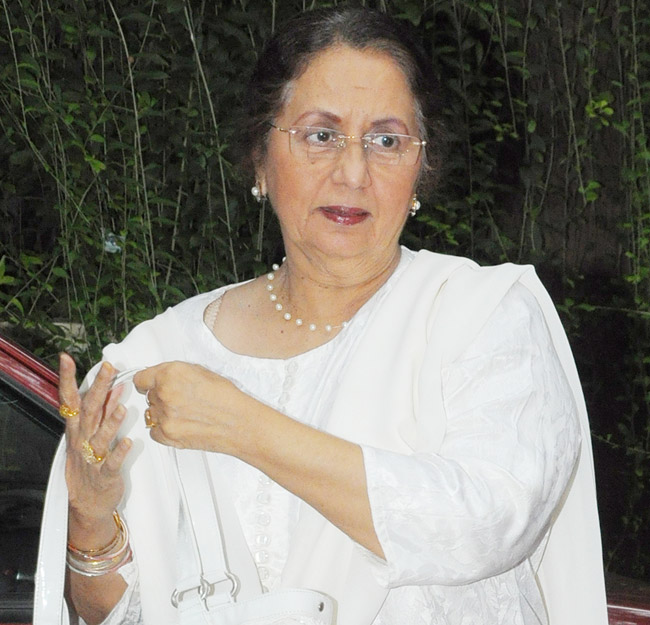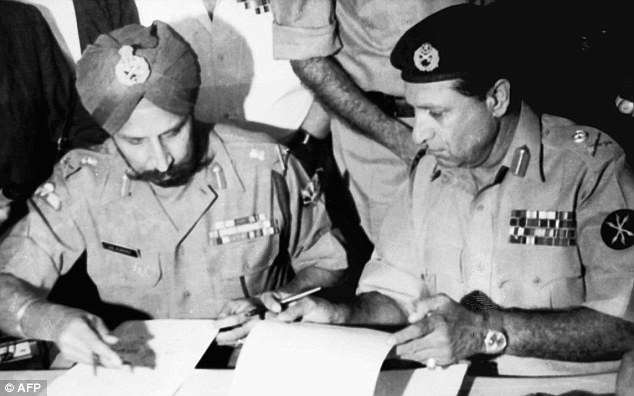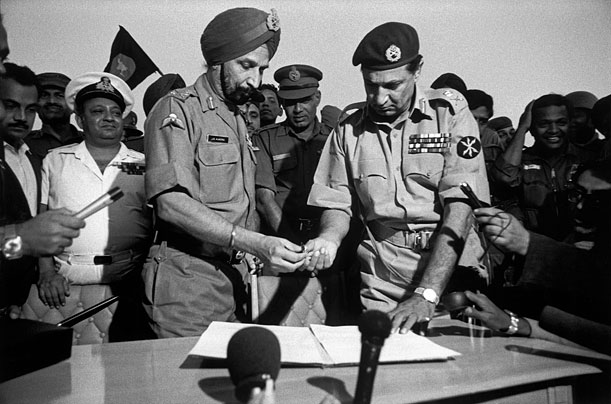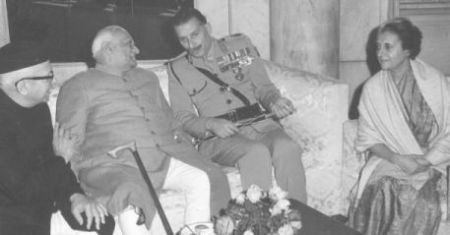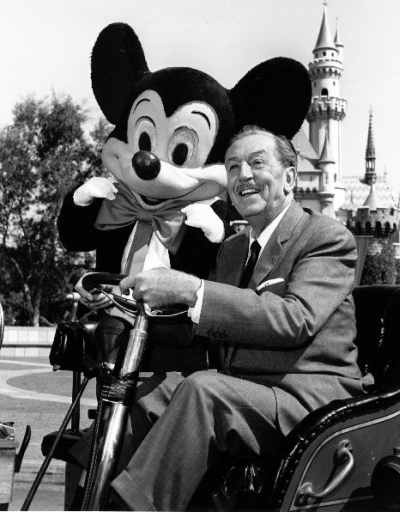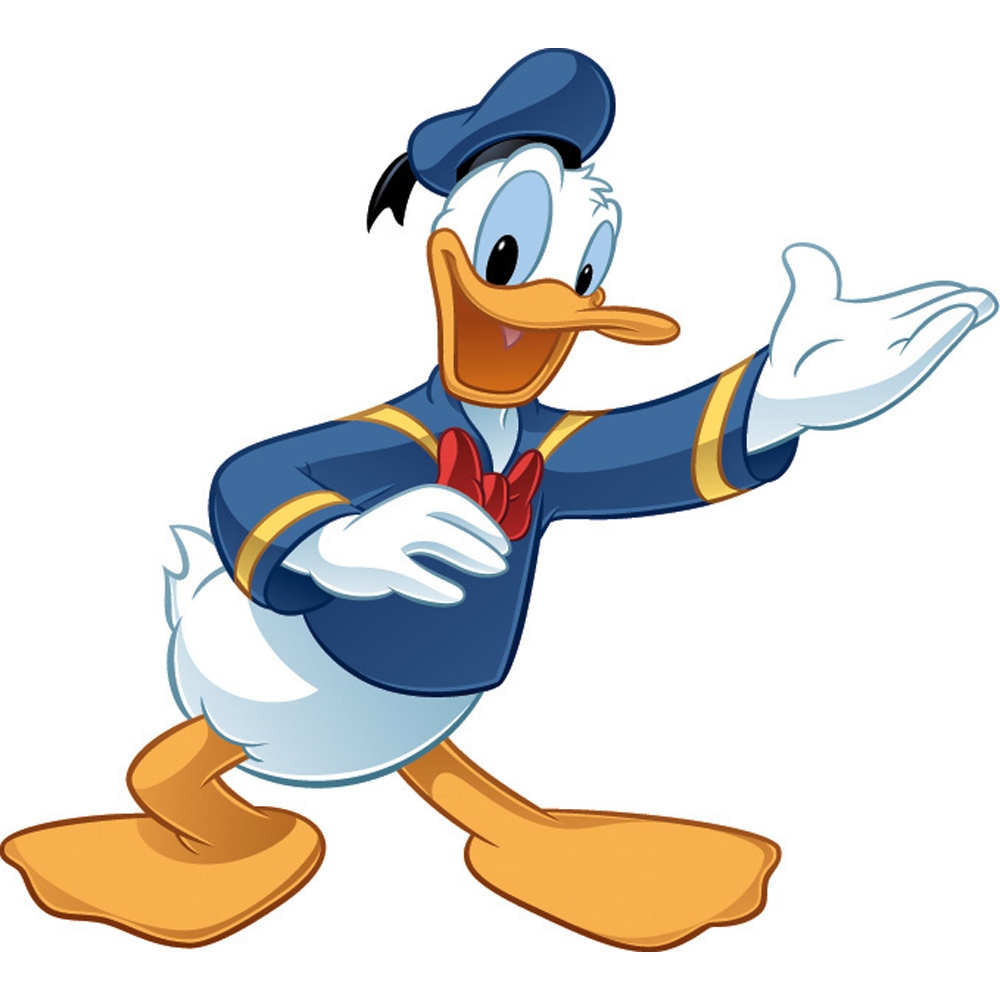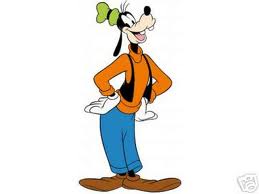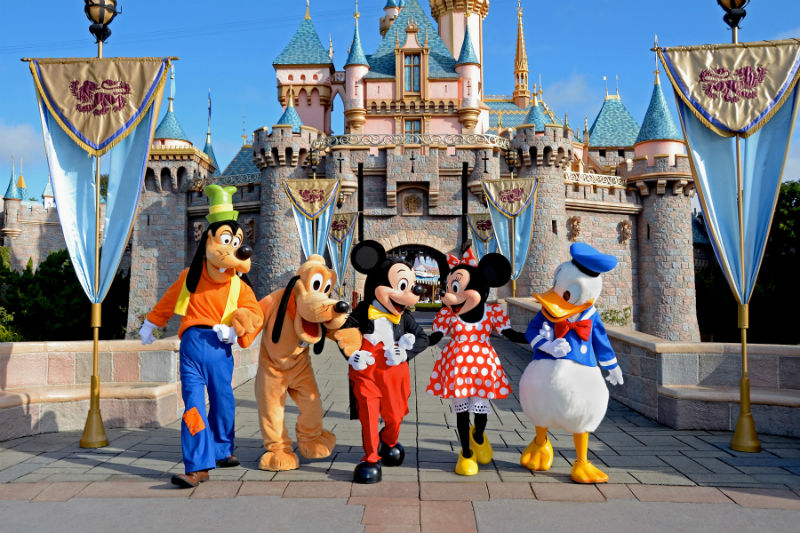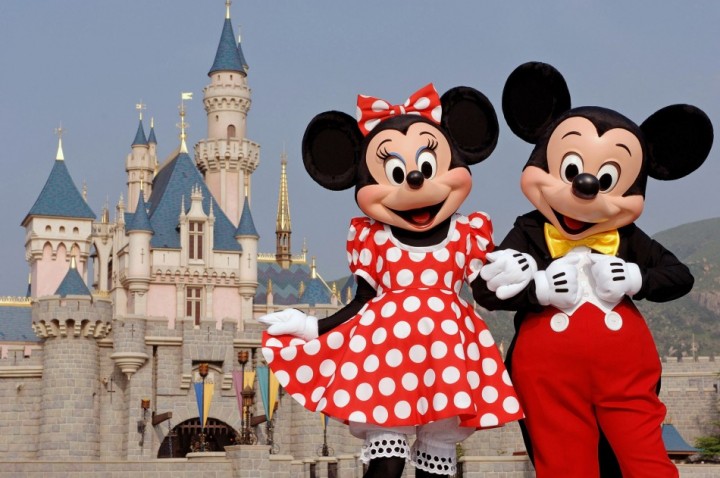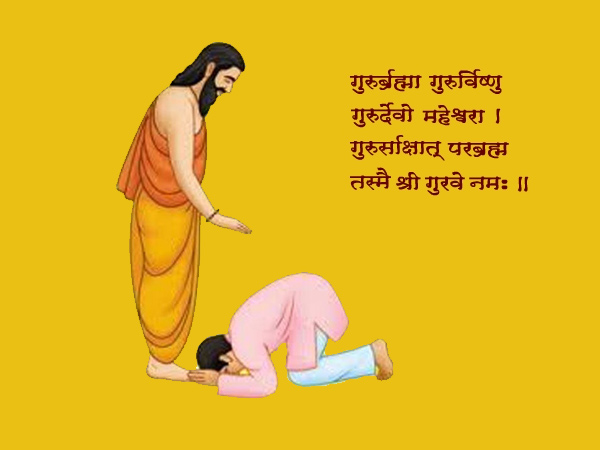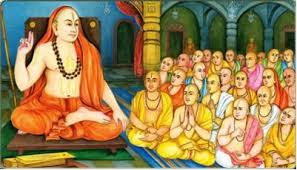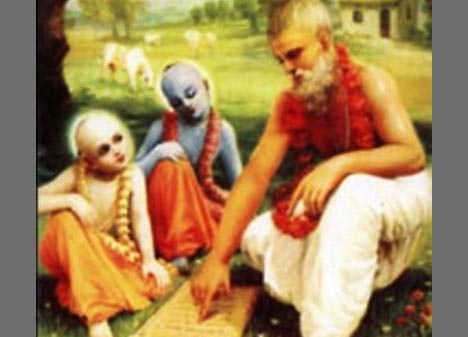15th January is very important day for The Indian Army. It is
called the Army Day. The day is celebrated to honor the courage and
brave soldiers of our army who sacrificed their lives for the nation.
The reason why the Army Day is celebrated on 15th January is
because the first Indian General K. M. Cariappa took over as
commander-in-chief of the Indian Army from General Sir Francis Butcher.
This took place on 15th January 1949. Since then Army Day
marks an important event to salute the brave soldiers of our country.
General K. M. Cariappa was later designated as the First Field Marshal
of the armed forces.
The celebrations comprise of a Parade with tributes being paid to Army
soldiers who sacrificed their lives at the Amar Jawan Jyoti at India
Gate in New Delhi. In fact, the Parade starts after paying homage at the
Amar Jawan Jyoti – the eternal flame that reminds us of the lives of
brave Indian soldiers.
After the Parade which includes military shows to display new technology
and accomplishment in the Indian army, Bravery awards and Sena medals
are distributed on this great occasion. During the military show the
developments like missiles, tanks, military vehicles, helicopters all
are displayed. The nation celebrates the Army Day as an inspiration to
all who are connected with Indian Army that protects our motherland.
Thanks for reading.






